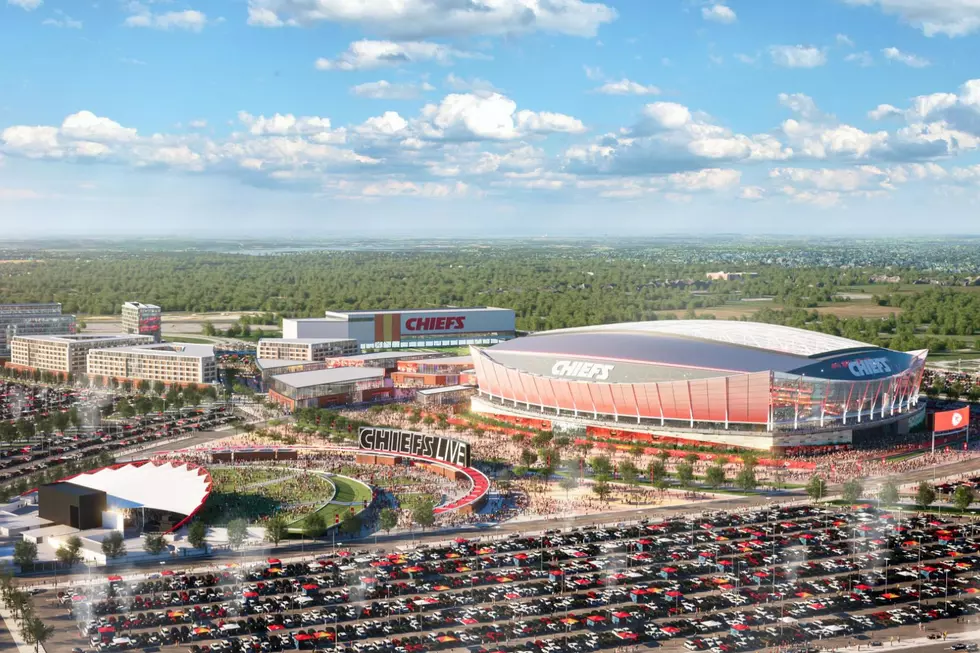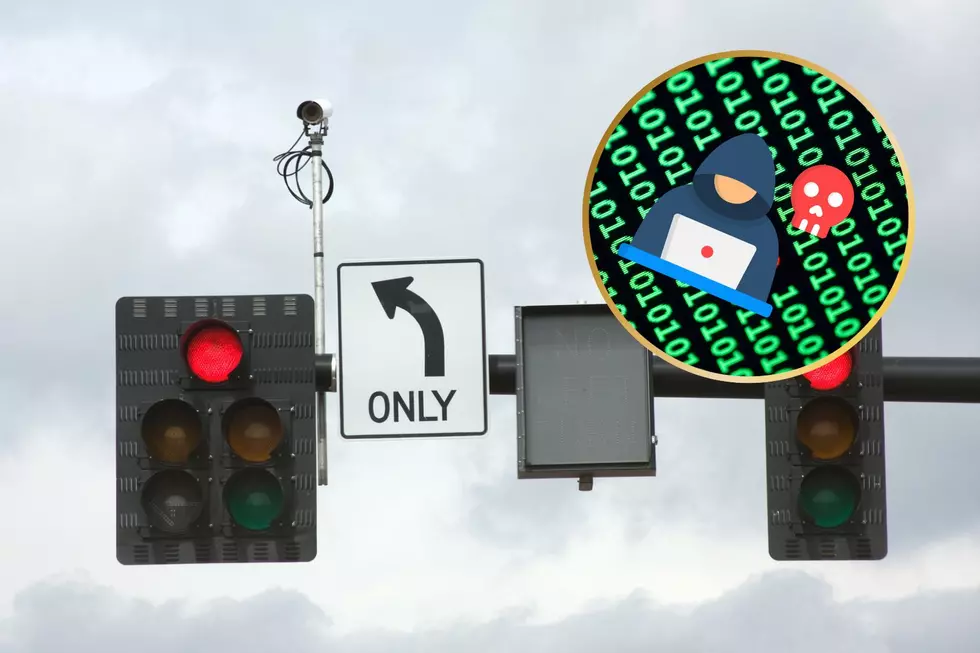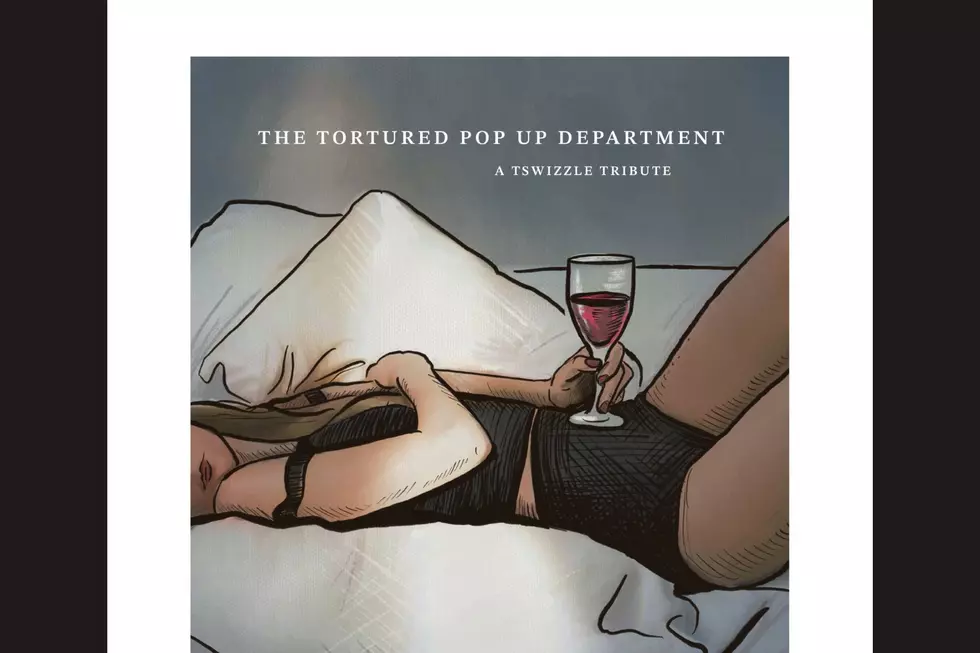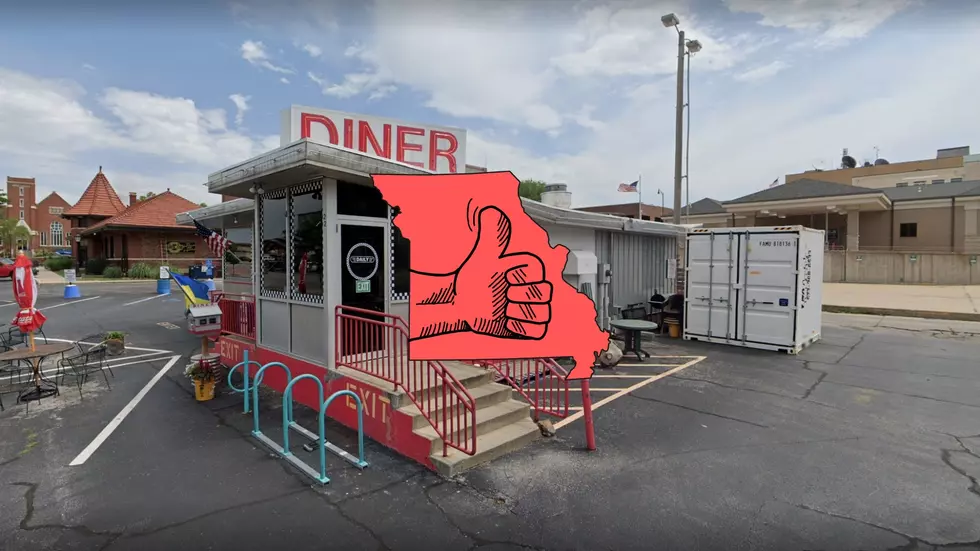
Are The Parking Lots At Kansas City’s Truman Sports Complex Wasted Space?
It all started on X, formerly Twitter when someone took the parking areas at the Truman Sports Complex and overlayed that photo over a photo of Lower Manhattan. They then took the two pictures, put them side by side, and asserted "The parking lot at Arrowhead Stadium in Kansas City would take up most of Lower Manhattan."
The photos then started making the rounds, wound on Reddit, and finally ended up on a site called The Cool Down, where they rehash comments from Reddit and X about how bad the land usage is around Arrowhead Stadium.
It seems like the photos are being used to further the argument that cars bad, suburbs bad, being spread out bad, and that the more people that live closer together and get around on foot or by public transportation is good. One user quoted in The Cool Down article suggested maybe taking some of the parking and developing it with some apartments, a hotel, and a pavilion for pitmasters and food trucks on gamedays.
I chuckled when I read that, not because I think it's a bad idea. I'm just not sure it would be successful in the grand scheme of the Truman Sports Complex.
In the case of the sports complex, it hasn't been "If you build it, they will come." In 50 years business in and around the complex amounted to a Drury Inn, The Adams Mark Hotel, A Holiday Inn, a couple of gas stations, and a Denny's.
In 2024 the Drury Inn is now the Hotel Lotus with checkered reviews on Trip Advisor. The Denny's burned down. The Adams Mark is out of business and The Holiday Inn is a Best Western.
The area never developed much further than it did in the 1970s after the stadiums were built. So the question I've asked and thought about a lot since then is, why? There doesn't seem to be a shortage of land in the area. My only conclusion is that businesses seemed to figure out that besides Chiefs and Royals games, it wasn't an area where bars, restaurants, hotels, and the like would thrive.
At this point, Jackson County voters have given the Chiefs and Royals a resounding NO when it comes to building a new Royals ballpark, and a redevelopment of sorts to both Arrowhead Stadium and the sports complex parking lots. Yet, I think the no vote had more to do with the Royals than the Chiefs.
I would like to see both teams stay there, and the stadiums continually updated and revamped as necessary, perhaps with some permanent infrastructure built to make tailgating easier for fans, and the teams to allow more gameday tailgate experiences run by the teams outside the stadiums. Yet, at the moment that doesn't seem like it will happen. The sports complex may even cease to exist if the Hunt family and Sherman get sweet deals from another municipality, county, city or Kansas.
I wonder what would happen if Jackson County and Kansas City politicians proposed a massive redevelopment of the site, and offered the Hunt Family and John Sherman's ownership group the opportunity to redevelop the sports complex and create business ventures that would put money in their pockets, generate tax revenue, create jobs and keep the team's there for another 50 years on some of the public's land.
Would either group entertain the offer? I don't think so. The Hunt family, at least publically doesn't seem interested in creating the kind of experience John Sherman wants Royals fans to have access to on game days. And I suspect Sherman knows that works better in an area where many people live, not where you drive in, park, watch the game, and drive home.
Additionally, as fans, we like to think of The Royals and Chiefs as buddies because their stadiums are in the same complex, yet, in 2024 I'm not sure either team is thrilled to be the neighbor of the other or have their fates tied together like in this past election.
I'm sure of two things. A redeveloped sports complex for both teams that includes hotels, restaurants, apartments, and shopping isn't a sure thing that leads to profits. The area's development, or lack of it, tells us that. And neither owner is happy with their landlord, The Jackson County voters. You can take that to the bank.
The 100 Best Places to Live in the Midwest
LOOK: See how much gasoline cost the year you started driving
Gallery Credit: Sophia Crisafulli
More From Mix 92.3



![No More Movies: Check Out This Abandoned Theater [Pictures]](http://townsquare.media/site/467/files/2024/04/attachment-Untitled-design-84.jpg?w=980&q=75)





